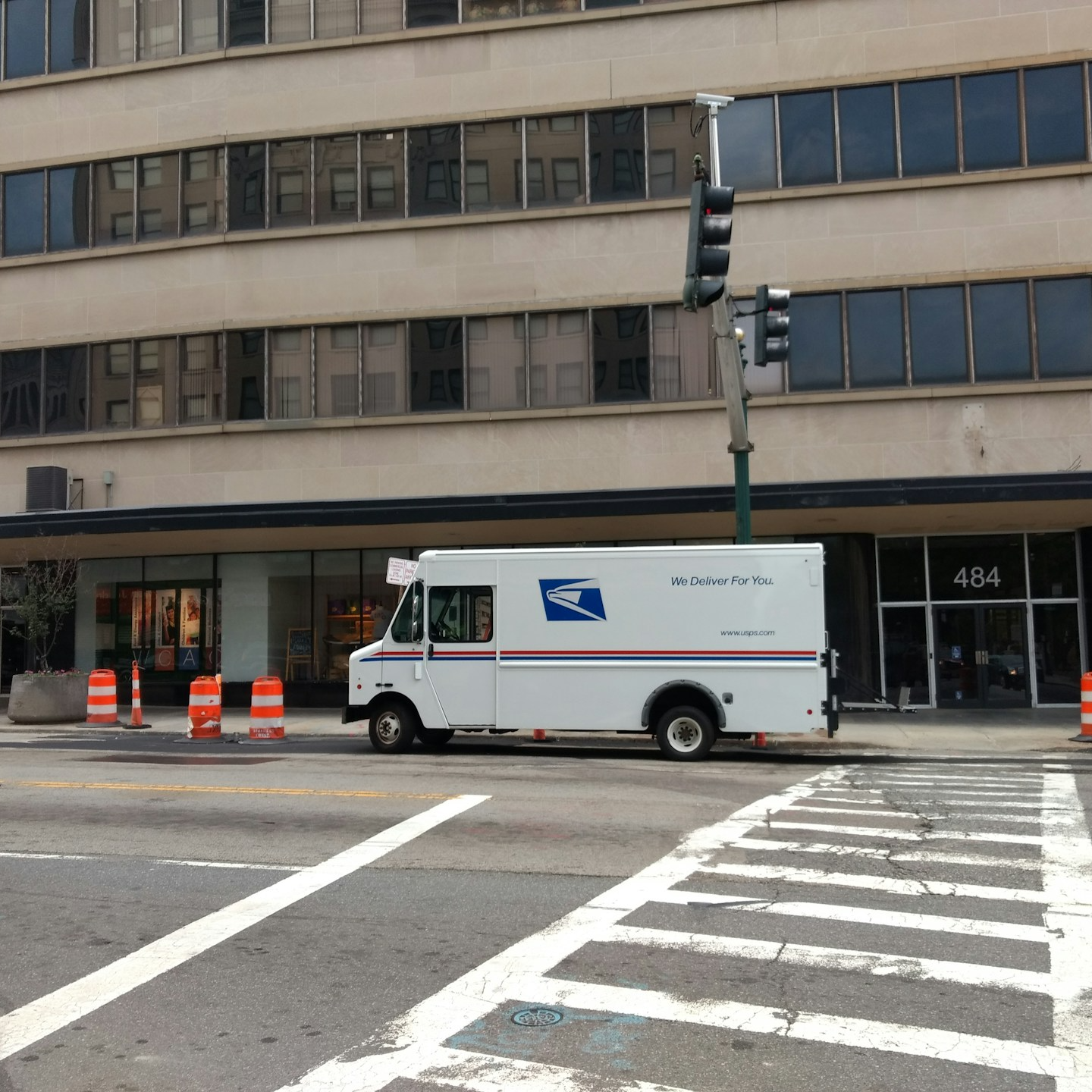Key Takeaways
-
Copayments under the new Postal Service Health Benefits (PSHB) rules are not always predictable; outdated assumptions could lead to costly mistakes.
-
Understanding when copayments apply—and when other cost-sharing like coinsurance or deductibles kick in—can help you make smarter care choices and avoid surprise bills.
Your Familiar Copay May No Longer Mean What You Think It Does
If you’ve been used to fixed copayments under your old FEHB plan, you might be in for a shock under the new PSHB structure in 2025. The transition to PSHB has introduced new cost-sharing designs, and not every service you use will have a simple flat-rate copayment.
Many services that previously required a small, predictable fee now fall under a mixed model of copayments, coinsurance, and tiered benefits. While this isn’t necessarily more expensive overall, it does mean your assumptions about what you’ll owe at the time of service could be wrong.
What Has Changed with PSHB Copayments in 2025
Starting January 1, 2025, all Postal Service employees and retirees are enrolled in the PSHB program. This new structure replaces FEHB coverage but continues to use similar plan types—HMO, PPO, and HDHP options. However, each comes with redesigned cost-sharing arrangements:
-
Copayments now vary by plan and service type
-
Some services previously covered by copays now use coinsurance
-
Preventive care still often has no cost, but diagnostic services may not
-
Urgent care and emergency services often have higher copays than in the past
These changes can be especially significant for retirees who rely more frequently on health services and may be coordinating PSHB with Medicare.
How PSHB Copayments Typically Work Now
PSHB plans still include copayments, but they are increasingly being used selectively:
-
Primary care visits may still carry a fixed copayment, often ranging from $20 to $40.
-
Specialist visits usually have a higher copayment, such as $30 to $60.
-
Urgent care may carry a copayment of $50 to $75.
-
Emergency room visits often now have copayments of $100 or more.
-
Prescription drugs often use a tiered copayment system, especially for generics vs. brand-name medications.
The critical change is that not all services use copayments anymore. High-cost procedures, inpatient admissions, imaging (like MRIs), and durable medical equipment are more likely to involve coinsurance—meaning you pay a percentage of the cost after a deductible is met.
Why Copayment Confusion Can Be Costly
If you’re assuming that a service will only cost you a $40 copay when it actually falls under 20% coinsurance after a deductible, the difference can be hundreds of dollars. The danger isn’t just in the cost—it’s in the assumptions. You might delay necessary care, or you might seek a service expecting one cost and receive a surprise bill later.
The biggest financial risks come from:
-
Misunderstanding how cost-sharing differs between copayment and coinsurance
-
Not checking whether the service is considered preventive or diagnostic
-
Using out-of-network providers where copayments don’t apply at all
-
Failing to consider how deductibles interact with copayment structures
Medicare Makes a Difference—But Only If Coordinated Properly
For PSHB enrollees who are also eligible for Medicare in 2025, coordination of benefits can dramatically impact what you pay out of pocket. Many PSHB plans reduce or eliminate copayments and deductibles if you are enrolled in Medicare Part B.
However, this depends entirely on the specific plan rules and whether you have fully integrated your Medicare coverage. Simply being eligible for Medicare does not automatically grant you the cost-saving benefits.
To make the most of your coverage:
-
Ensure you are enrolled in both Medicare Parts A and B if you qualify
-
Choose a PSHB plan that coordinates well with Medicare, especially for prescription and outpatient care
-
Understand whether your plan waives copays or coinsurance when Medicare pays primary
Copayment Expectations vs. Realities: Key Areas to Watch
1. Specialist Care
Many assume seeing a specialist only requires a standard copay, but if the visit includes a procedure, imaging, or lab work, coinsurance could apply—especially if you haven’t met your deductible.
2. Prescription Drugs
Tiered copayment systems can be confusing. Generic drugs may still carry a low fixed copay, but brand-name or specialty medications may involve coinsurance or require prior authorization, making your costs less predictable.
3. Outpatient Services
Day surgeries, physical therapy, and lab tests often no longer fall under flat copays. Instead, you might face a deductible followed by 10%–30% coinsurance. It’s important to ask ahead.
4. Urgent and Emergency Services
You might recall a simple urgent care copay of $35 in prior years, but some PSHB plans now use higher fixed amounts or even cost-sharing percentages for certain urgent or emergency care levels.
5. Mental Health and Substance Use Services
Copayment structures vary significantly here. Some services fall under parity laws and are treated like medical care, but others—especially inpatient behavioral health—can involve higher out-of-pocket expenses.
In-Network vs. Out-of-Network: The Copayment Disappears
One major misconception is believing copays apply everywhere. With out-of-network providers, copayments often don’t apply at all. Instead, you may owe the full billed amount until you meet a separate, much higher deductible—if the plan covers it at all.
Always confirm:
-
Whether your provider is in-network for your specific PSHB plan
-
What the out-of-network deductible and coinsurance rates are
-
Whether you need a referral or preauthorization for certain services
Don’t Let Past FEHB Habits Lead You Astray
Under FEHB, many plans used copayments more extensively across a wide range of services. With PSHB in 2025, there’s a sharper distinction between copayment services and cost-sharing based on deductibles and coinsurance.
Old habits like assuming every doctor’s visit or diagnostic test has a simple copay can quickly lead to budgeting errors. Review your plan brochure closely and don’t rely on past patterns.
The Role of Deductibles in the Copayment Equation
Copayments are often unaffected by deductibles—but not always. Some services may seem like they fall under copayment but are instead subject to deductible requirements first. Once the deductible is met, the plan may switch to coinsurance, not a copay.
For example:
-
Preventive visits are typically not subject to the deductible.
-
Diagnostic imaging or outpatient procedures may require meeting the deductible first.
-
High-deductible health plans (HDHPs) under PSHB will not use copayments at all until you meet your full deductible.
Reviewing Your Summary of Benefits Is Not Optional Anymore
Every PSHB plan issues a Summary of Benefits and Coverage (SBC), and reviewing it is now essential. The SBC outlines:
-
What services carry a fixed copayment
-
Which ones are subject to coinsurance
-
What the deductible is
-
Annual out-of-pocket maximums
-
In-network vs. out-of-network coverage
These documents are structured similarly to what you may have seen under FEHB, but the differences lie in the details. Don’t skim—study it line by line, especially during the Open Season from November to December.
You Have the Right to Ask Before You Pay
Always confirm what you owe before receiving care. Call your plan’s customer service number or ask your provider’s office to verify what the visit or service will cost under your PSHB plan.
This is especially important for:
-
Specialist care
-
Diagnostic imaging
-
Elective outpatient procedures
-
Urgent or emergency room visits
Asking these questions upfront helps prevent financial surprises and ensures you receive the care you need without unexpected burdens.
Smart Use of Your PSHB Plan Means Smarter Copayment Decisions
Understanding the nuances of copayments under PSHB in 2025 isn’t just about managing costs—it’s about staying in control of your healthcare decisions. The more you understand what your plan requires, the more confidently you can access the care you need without fear of unexpected bills.
Take Control of Your Out-of-Pocket Costs in 2025
PSHB copayment assumptions from past FEHB years may no longer apply. With increased reliance on coinsurance and deductibles, it’s time to re-evaluate your approach. If you’re unsure about how your specific plan handles copayments or cost-sharing, don’t guess.
Speak with a licensed agent listed on this website to walk through your plan benefits and get personalized support tailored to your situation.












